When it comes to insulating your home, there are actually many different types of insulation to choose from. In order to determine the best type of insulation for your needs, it is important you learn how to differentiate between types of insulation. You also need to consider where you need to install or add insulation, as well as the recommend R-values for the areas you want to insulate. In this article, we will provide an overview of the most common types of insulation, where they are typically installed, and their individual advantages.
Blanket Insulation (Batt and Roll)
Blanket insulation is perhaps the most common and widely available type of insulation and is available in the form of batts or rolls. Blanket insulation is made up of flexible fibers, the most common fiber being fiberglass. Batts and rolls can also be made up from mineral, wool, plastic fibers or naturals fibers, like cotton and sheep’s wool. Blanket insulation is best suited for wall studs, attic trusses, rafters or floor joists. Rolls are especially convenient as they can be hand-cut and trimmed to fit a variety of spaces, including around electrical boxes and pipes.
Advantages of blanket insulation:
- Highly affordable. Blanket insulation is cheaper than foam.
- Easy to install.
- Easy to find professional installers. Fiberglass has been around for longer than foam, so it is easier to find contractors who have experience in installing it properly.
Foam Boards
Foam boards can be used in almost any part of your home, from insulating your roof to insulating the foundation of your home. Foam boards work particularly well in exterior wall sheathings, interior sheathings for basement walls and special applications like attic hatches. They provide excellent thermal resistance and work well in reducing the amount of heat conducted through structural elements of your home. Common materials used for making foam boards include polystyrene, polyisocyanurate (polyiso), and polyurethane.
Advantages of foam boards:
- Energy efficient.
- Excellent breathability, which makes it a good choice for air sealing your home.
- It lasts longer than loose fill insulation and furthermore maintains its form and properties.
Loose-Fill Insulation
Loose-fill insulation is comprised of small particles of fiber, foam or other materials. The small particles work to form an insulation material that can easily contort to fit any space without disturbing structures or finishes. Due to its ability to conform to any kind of space, loose-fill insulation is best suited for retrofits or places where it would be otherwise difficult to install another type of insulation. Common materials used for loose-fill insulation include cellulose, fiberglass, and mineral wool.
Advantages of loose-fill insulation:
- Highly versatile. Loose-fill insulation can be used in new or existing homes and is very versatile thanks to its malleable properties.
- Sound-proof. The fiberglass material in loose-fill insulation is ideal for sound-proofing.
- It is one of the most affordable insulation materials.
Foam Insulation
Liquid foam insulation can be sprayed, foamed-in-place, injected or poured into areas of your home you want to insulate. Foam-in-place insulation is best for walls, on attic surfaces or under floors to insulate or reduce any air leakage. Depending on how the liquid foam is installed, it can yield a high R-value than traditional batt insulation, and can fill the smallest of holes and cavities, which creates a highly effective air barrier. You can use small, pressurized cans of foam-in-place insulation to reduce air leakages and air holes in windows, door frames, as well as electrical and plumbing cracks.
Advantages of foam insulation:
- Energy efficient. Foam insulation expands naturally after applying it, which helps seal cracks or cavities.
- Durability. It does not wear and tear as easily as normal fiberglass insulation.
- Ideal for different types of damage.
- Keeps away pests, mold and mildew.
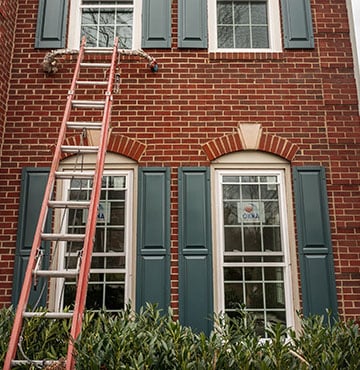
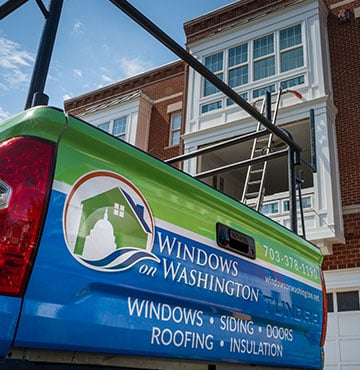
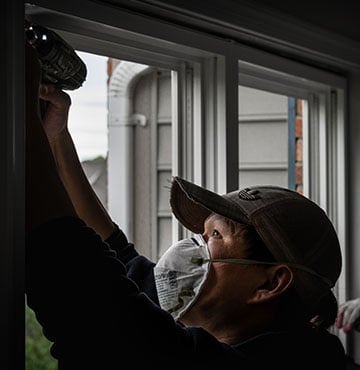
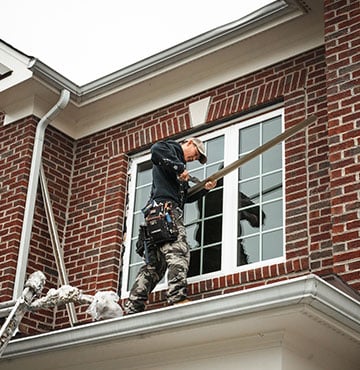



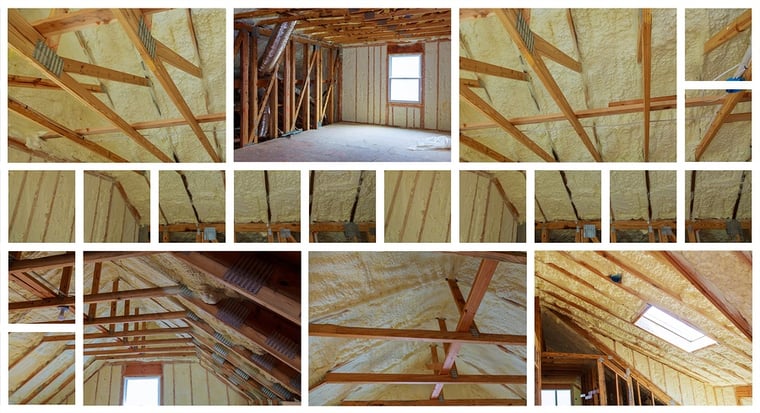
.png?width=450&height=250&name=www.windowsonwashington.net%20(1).png)
.jpg?width=450&height=250&name=4%20Home%20Improvements%20to%20Welcome%20in%202022%20(+%20WoWs%20New%20Year%20Resolutions).jpg)


%20(720%20%C3%97%20510%20px)%20(500%20%C3%97%20500%20px)%20(300%20%C3%97%20300%20px)%20(400%20%C3%97%20400%20px)%20(700%20%C3%97%20700%20px)%20(480%20x%20550%20px).png?width=480&height=550&name=Untitled%20(860%20%C3%97%20860%20px)%20(720%20%C3%97%20510%20px)%20(500%20%C3%97%20500%20px)%20(300%20%C3%97%20300%20px)%20(400%20%C3%97%20400%20px)%20(700%20%C3%97%20700%20px)%20(480%20x%20550%20px).png)
Comments